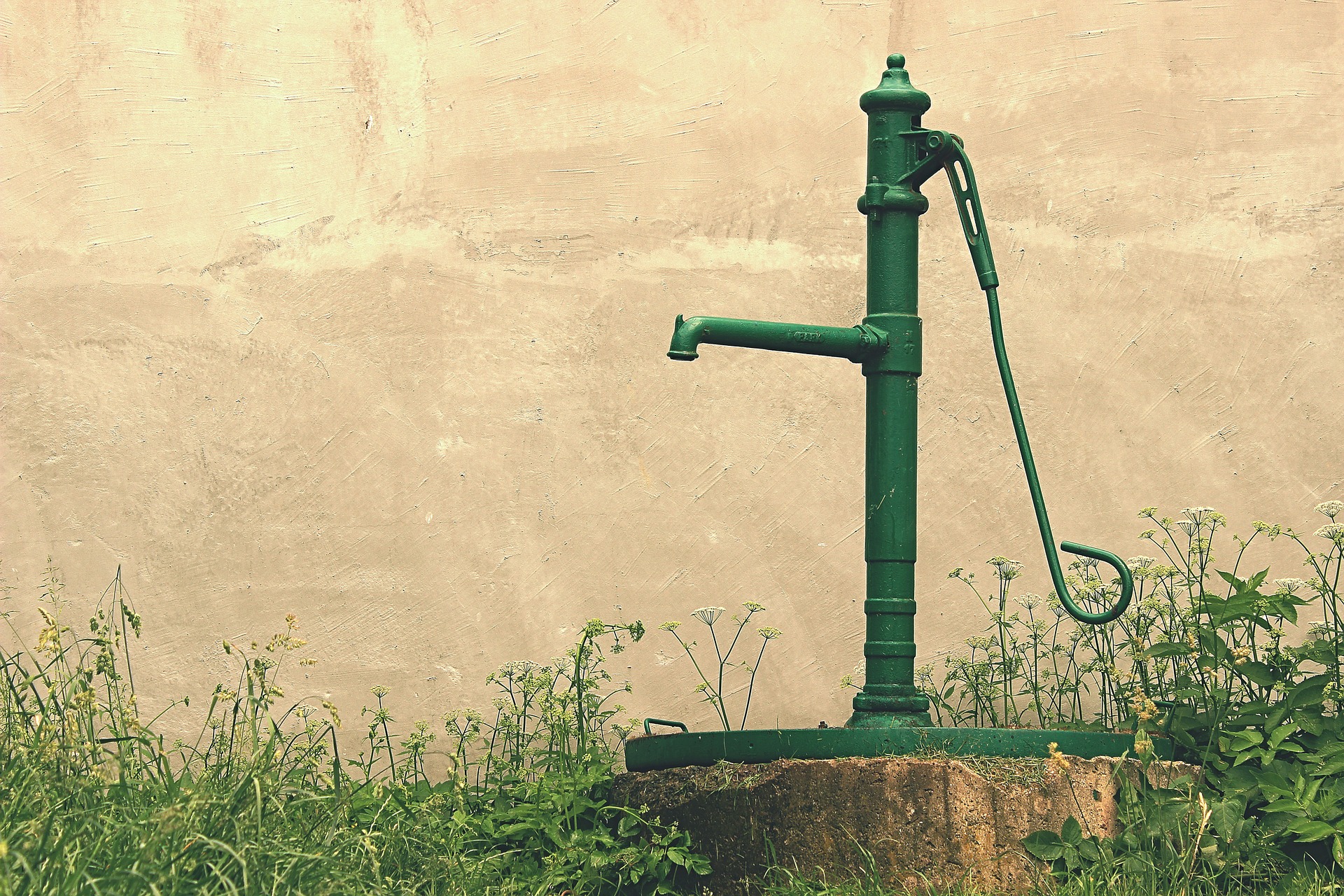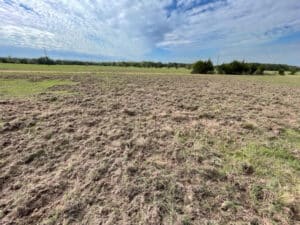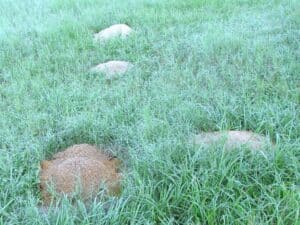When you live in a city or small town, your primary water source will most likely be from the city’s water department which is responsible for making the water safe to drink and for maintaining the system. However, if you live in a rural Texas area outside of the city limits, then, most likely, you will need to drill for your water source and install your own water well.
If you are new to using a well water system, there are two primary questions you may have: Is well water safe to drink and use for normal daily activities? and How do you maintain a well water system?
Is well water safe?
This is not a simple yes or no question. Yes, well water can be safe to drink and to use for daily household, farm, or ranch activities. However, well water can also not be safe for consumption or use depending on the presence of bacteria, minerals, chemicals, and other contaminants.
Whereas city water departments are highly regulated by state and federal agencies, ensuring the safety of a personal well water system falls on the property owner. This can be a daunting task, but you can take certain proactive steps to confirm that your well water system is within the safe zone prior to consumption.
SELECTING A LICENSED WELL DRILLER AND PUMP INSTALLER
The state of Texas requires all well water systems to be drilled and installed by a licensed professional. To locate a licensed driller and pump installer in your area, visit http://www.tdlr.texas.gov/LicenseSearch/.
The well driller/installer can guide you through the drilling and installation of the system that is appropriate for your home, farm, or ranch’s needs. In addition, the driller/installer should handle registering your well with the state.
DETERMINING WELL WATER’S LOCATION
Selecting the proper location for your water well can help prevent contamination from your household waste and animal waste. Texas has minimum distance locations (see graphics below) that your licensed driller/installer can help you with identifying.
TESTING QUALITY OF WELL WATER
Texas land and water have naturally occurring contaminates that you should test your well water for in addition to manmade contaminants. In small doses, many of these bacteria, minerals, chemicals, and contaminants cause no harm. However, without proper testing, you will not know if your well water is safe to drink.
The EPA has established primary and secondary standards for drinking water that you should verify your well water meets.
- Primary Standards – set the level of bacteria, minerals, chemicals, and contaminants present in water to still be safe to drink (can be harmful for humans, animals, and plants if above approved levels)
- Secondary Standards – set the level for appropriate smell, taste, and look (not considered harmful if outside of approved standards but may affect smell, taste, and look of water)
For more information about the EPA water standards, visit https://www.epa.gov/dwreginfo/drinking-water-regulations
When a new well is installed, you should have a certified facility conduct the water analysis. You can collect your water samples yourself at the well head. Testing facilities will provide you with the appropriate containers for storing your samples along with instructions on how to collect the samples. Once you receive your results, you can choose to treat any contaminants yourself or contact a water treatment professional to assist you.
Your local health department, well driller/installer, or plumber can help you locate water testing facilities and water treatment professionals.
How to maintain a well water system?
Now that you have ensured the safety of your well water, you will need to perform routine maintenance to guarantee it continues to work properly and to produce safe drinking water.
TESTING
After the initial quality test, your well water needs to be tested annually for bacteria, minerals, chemicals, and contaminants. Then, if the smell, taste, or appearance changes at anytime between annual testing, you should collect additional samples for testing.
WATER FILTERS
If you installed filters (either inside the home or at the well), those should be inspected and replaced according to the manufacturer’s specifications (normally every 1 – 3 months).
INSPECTIONS
Monthly, you will need to inspect plumbing, storage container, and treatment for algae (bioslime) which requires a deep chlorine bleach cleaning to prevent further contamination.
Inspect the well’s equipment for failures and erosion on a regular basis as well. However, instead of trying to address these problems yourself, you will need to have a licensed driller/installer inspect and repair the equipment.
PROTECTION AGAINST CONTAMINANTS
Proactively monitor locations of potential contaminants such as fertilizer, septic tank, gasoline, animal pens, wastewater systems, etc. Do not place these closer to the well water system than is recommended (see graphic below).
Conclusion
A properly installed and well maintained well water system can provide your home, farm, or ranch with safe, high-quality water for years to come. Lone Star Ranch Management can assist you on all your well water questions and needs. Contact Ryan at 979-253-9662 or at ryan@texasranchmanagers.com today for expert guidance.
Additional Resources
Texas Well Owner Network: Well Owner’s Guide to Water Supply






